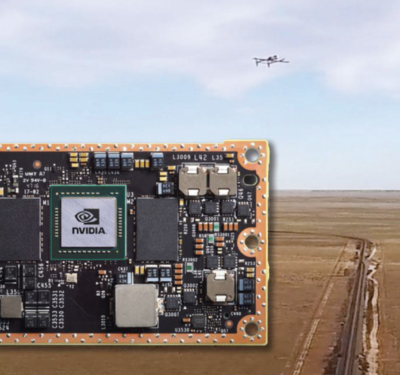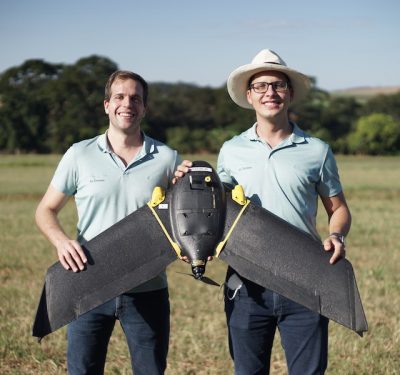
Boeing’s passenger air vehicle (PAV) prototype successfully completed its first test flight in Manassas, Virginia, demonstrating its ability for controlled takeoff, hovering and landing.
Boeing NeXt, which is leading the company’s Urban Air Mobility (UAM) efforts, leveraged subsidiary Aurora Flight Sciences to design and develop the electric vertical takeoff and landing vehicle (eVTOL), according to a news release.
This initial flight tested the vehicle’s autonomous functions and ground control systems. Future flights will test forward, wing-borne flight, as well as the transition phase between vertical and forward-flight modes—the most significant engineering challenge for these systems.
“In one year, we have progressed from a conceptual design to a flying prototype,” Boeing Chief Technology Officer Greg Hyslop said, according to the release. “Boeing’s expertise and innovation have been critical in developing aviation as the world’s safest and most efficient form of transportation, and we will continue to lead with a safe, innovative and responsible approach to new mobility solutions.”
Boeing’s PAV is powered by an electric propulsion system and is designed for fully autonomous flight. It has a range of up to 50 miles (80.47 kilometers) and measures 30 feet (9.14 meters) long and 28 feet (8.53 meters) wide. Its airframe is designed to integrate the propulsion and wing systems to achieve efficient hover and forward flight.
“This is what revolution looks like, and it’s because of autonomy,” said John Langford, president and CEO of Aurora Flight Sciences. “Certifiable autonomy is going to make quiet, clean and safe urban air mobility possible.”
For more on UAM, read Urban Air Mobility: Catching a Very Local Flight






